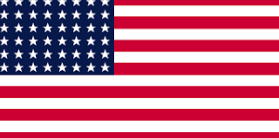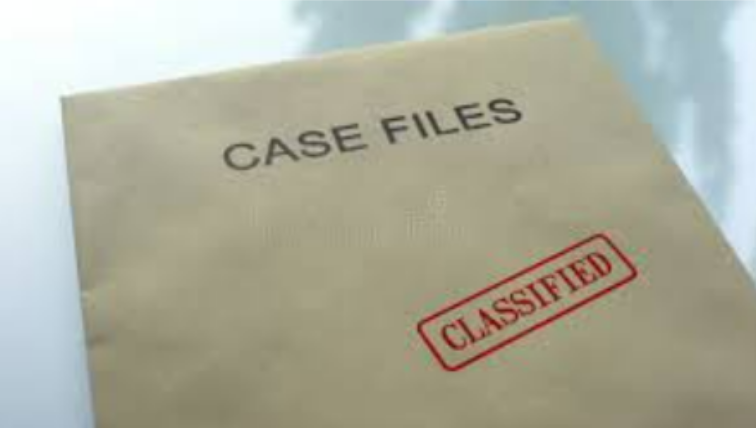Every nation’s flag is filled with color. Some of these colors represent the history and ideals of the people and places that the flag stands for. Others use symbols as well as colors for those representations. While some colors contain similar interpretations, various flags still have a different meaning of the color, or symbols in them.
Colors
White
White typically resembles peace, as in the waving of a white flag as a sign of surrender. This is a common color to see with most using the color meaning peace like how the United States, Italy, and India all use the color white to represent purity or innocence. The color is also a symbol of independence.

Red
Red signifies strength and bravery, sometimes meaning power. Red is often associated with war, and the color refers to the brave battles fought during war, which is why it symbolizes strength and courage. The United States uses the color in this way. This color also is used to represent blood loss, such as on Austria’s flag. This meaning can also be interpreted as a form of strength ,as the country is able to overcome its hardships.
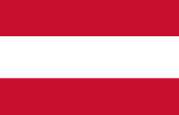
Purple
Purple is not a very common color to see on flags. This is because in past times purple dye came from a snail, and it would take thousands of snails to get enough for just a pint of dye. Since this dye was so difficult to get, it was really expensive. Because of this, purple represented wealth. The countries that have purple on their flag either incorporate only a small amount, or they created the current version after a cheaper dye became available. The countries Dominica and Nicaragua both have purple on their flags but not a lot of it. Dominica only has it as some feathers on the bird and Nicaragua only has it on the tiny rainbow in the center of the flag. Purple dye became cheaper in the 1850s and both of these flags were made in the twentieth century, Nicaragua in 1908 (first adopted), and Dominica in the 1970s.


Green
Green is most commonly used to refer to land. For example, flags often use greens to show the hilly landscape of their country. With land comes agriculture, and the color is also used to show development in that sector. The best land produces the best crops, so the color was used to represent fertility as well. Anything that showed the land or use of that land either literally or metaphorically is most likely green. Green symbolizes life and liveliness, so it could also show wealth, though not as likely as purple would. Italy and India use this color. In Italy’s flag it means the hills and the planes, and in India it means fertility.

Blue
Blue can also be as directly associated with nature as green. In a lot of island flags blue represents the sea or water in general, or the sky. Countries’ navy flags are blue as the navy is based around the ocean. Other than that, blue can have a variety of meanings. On the US flag, blue means justice for the country and its government. There are many different meanings to the color blue on flags. The most outstanding meanings are liberation, fortune, and determination. Fortune can sometimes be because of water, as water leads to trade and development for the country, such as in Argentina and Kiribati, a Pacific Island.

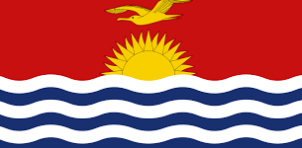
Black
Black most commonly correlates with loss and hardships, similar to red, though mainly in the mourning and remembering the lost. Germany’s flag symbolizes the soldiers that fought in the Napoleonic Wars, with red symbolizing the bravery and black the loss. Those colors are also the colors of the uniforms the soldiers wore.
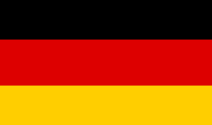
Yellow
Yellow is the color of the sun and gold. Some took the color to show wealth correlating to gold, since yellow was much more affordable than purple. Historically, gold is seen as a massive treasure so yellow on a flag in some cases symbolized that common association of gold and wealth. On the other hand, the yellow closer to the sun meant generosity and energy. Spain is an example of a country that uses yellow to mean generosity. The sun played an important role in most civilizations so having yellow on a flag in that way was important to some. The sun granted life, and in turn, yellow became a very lively color.

Symbols
Cross
Crosses symbolize Christianity. This is most commonly seen in European and European-influenced areas. Christianity became a major influence in some countries or regions’ histories as the religion dominated Europe for centuries. The Scandinavian or Nordic flags: Finland, Norway, Sweden, and Denmark; all have the same style cross. This design first originated in war times, especially during the Crusades. Religion was a big part of life and therefore became part of their identity as a group. The United Kingdom’s flag dates back to the 1200s, based on the St. George Cross. Religious symbols other than Christianity also feature on flags, like the star of David on Israel’s flag from Judaism.

Coat of Arms
A coat of arms is a shield that represents the people that the shield protects. In past times a coat of arms was like a flag, in its representation of a group and its collection of meaningful colors and symbols. Some countries like Spain and Portugal have incorporated their coat of arms onto their present-day flag. Coat of Arms were exceedingly present in wartime to show pride, identity, and unity in battle for the region the shield represented.
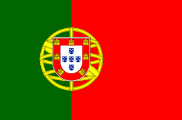
Sun
Similar to the color yellow, some countries have a sun on their flag. The sun can have a literal meaning like in the Argentinian flag. It can also mean the symbolic meaning of yellow as in Kazakhstan’s flag. To Japan, the “rising sun” is a part of their culture. Meaning ‘as the sun rises so does the flag’ or Japan as a country overcomes hardships.

Union Jack
The Union Jack is essentially the United Kingdom flag in the corner of another flag. This simply means that the region was once controlled by Britain and some countries have decided to keep that a part of their identity. A lot of their history has to do with British influence and control so as a remembrance of that history the Union Jack is placed on the flag. Australia is an example, as it was first Britain’s place for dumping criminals. Through British control, they became more developed and into more of a country and then gained independence as Australia.

These are not the only symbols and colors used on flags; there are dozens more with various meanings. Some have a symbol unique to the country or have a quantity of a symbol unique to them. Overall, flags are meant to express a country or region in what ways the people see fit.
Sources:
https://www.akorda.kz › state_symbols › kazakhstan_flag
https://www.scandinaviastandard.com/a-brief-history-of-the-scandinavian-and-nordic-flags/

